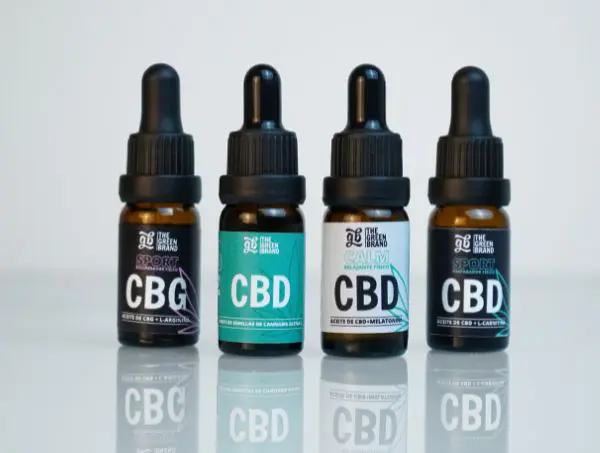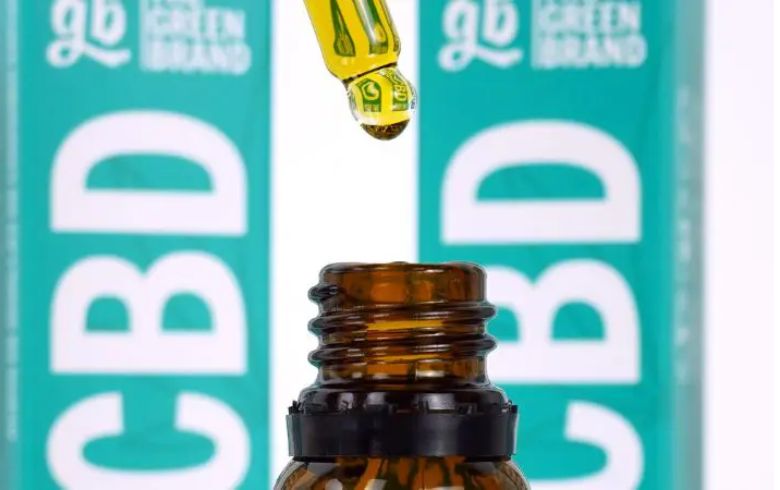Cannabis plants contain many different compounds, some of which are unique to these plants, such as phytocannabinoids. THC and CBD are best-known as they are the cannabinoids with higher concentrations in these plants. Clinical trials and research allow us to discover more and more about the elements that make up these plants, including cannabigerol. CBG and CBD can be confused because of their similarities. That’s why, it is necessary to know how to tell them apart, so we will explain the differences between CBG and CBD.
What is CBG?
Cannabigerol or CBG was isolated in 1964 by Raphael Mechoulam, one of the cannabinoid researchers known as the “godfather” of cannabinoids. CBG is similar to CBD in its psychotropic character and potential therapeutic benefits. In many cases, most cannabis strains contain less than 1% CBG when harvested.
However, nowadays, thanks to genetic engineering, it is possible to find some CBG seeds with a higher percentage of this compound. In fact, they eliminate certain enzymes, allowing for great therapeutic results.
It is an important compound, as it comes from cannabigerol acid or CBGA, the acid form of CBG, considered to be the parent molecule ; it is the main chemical precursor of many other cannabinoids. Thus, as the plant matures, CBGA is converted into three acids such as THCA, CBDA, and CBCA, which are the precursors of THC, CBD, and CBC, once decarboxylation occurs. In the same way, CBGA becomes CBG.
How CBG interacts with our body
Like other phytocannabinoids, it has a composition with a great potential for medicinal and therapeutic use, due to the interaction with other receptors such as:
- CB1 and CB2 receptors: which form part of the endocannabinoid system, which is involved in numerous processes like pain, appetite, sleep, and thermoregulation. CBG partially activates these receptors.
- TRPV receptors: mediate a variety of cellular functions. CBG inhibits TRPV8 and stimulates others such as TRPV1 and TRPV2.
- 5-HT1A receptors: located in the central nervous system, they are involved in processes such as anxiety, addiction, appetite, sleep, and nausea.
Effects of Cannabigerol
Due to this reaction, it generates in the endocannabinoid system, cannabigerol has therapeutic properties such as the following:
- Anti-inflammatory and analgesic properties: CBG’s characteristics inhibit the activity of enzymes responsible for molecules’ synthesis involved in anti-inflammatory responses.
- Anxiolytic and antidepressant: this is due to its ability to stimulate 5-HT1A receptors, the therapeutic target of most antidepressant drugs, improving the treatment of anxiety and depression.
- Regulates appetite: as demonstrated by recent studies which showed the benefits of its use in eating disorders and weight loss, by increasing the frequency of food intake, rather than increasing the amount ingested as with THC.
- Antibacterial and antifungal properties.
- Anticarcinogenic: due to its ability to interfere with TRPV receptors, associated with the development of some tumours. Positive effects on breast, prostate, and colon cancer.
- Possible influence on glaucoma: due to the large number of receptors of the endocannabinoid system in the eye, CBG could be a great ally in the treatment of glaucoma.
- Possible therapeutic means for neurological disorders such as Parkinson’s or Multiple Sclerosis.
Because of all these effects, products such as GB Sport MCT coconut oil, for use before training, are beginning to emerge to take advantage of the benefits of this component.
What are the effects of CBD?
Cannabidiol or CBD is one of the most well-known elements. This element stands out for several therapeutic properties that have made it one of the most widely used in the manufacture of products such as CBD oils. Despite its low affinity with the CB1 and CB2 receptors of the endocannabinoid system, it is very useful in diverse pathologie’s treatments, due to its influence on serotonin receptors.
These are some of the properties and characteristics of CBD for therapeutic use:
- Antioxidant effects
- Influences inflammatory response
- Possible neurogenesis
- Improved sleep quality
- Reduction of nausea
- Modulates cortisol and influences mood
CBG and CBD: how do they differ?
CBG and CBD are characterised by their medicinal properties. Both have anti-inflammatory, analgesic, anxiolytic and antidepressant potential, and also function as an anticarcinogen. They do not offer any psychoactive potential, hence can be used for therapeutic purposes.
On the other hand, one of the main differences is how they interact with the endocannabinoid system. In the case of CBD, this is done indirectly, by acting on the serotonin receptors, while CBG affects different receptors of this system. Some of the main differences are:
| Differences | CBG | CBD |
| Main benefits | Glaucoma relief Antibacterial Neuroprotective | Immunomodulatory Sleep regulator |
| Location | Premature hemp flowers (those from an early harvest) and certain special strains | Mature hemp flowers |
| Effects on appetite | Increases appetite | Regulates appetite |
| How it affects pain | Mild inhibition | Strong inhibition |
| Availability | Difficult to find and isolate | Highly available |
| Interaction with SEC | Acts on CB1 and CB2 receptors | Acts in the background, supporting the whole SEC. |
These are the main differences between CBG and CBD, although they share many therapeutic characteristics that can act synergistically and offer an even greater effect together than separately, thanks to the so-called entourage effect. However, more research on cannabigerol will be needed to learn more about its uses.










